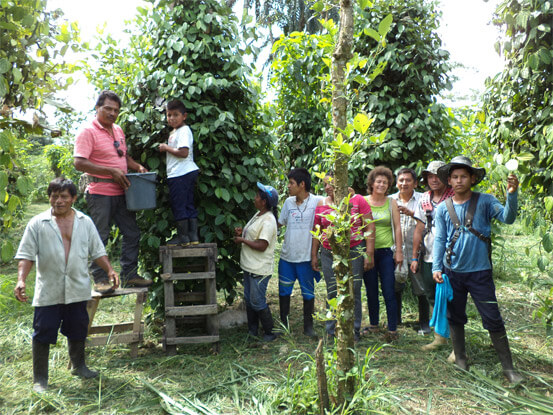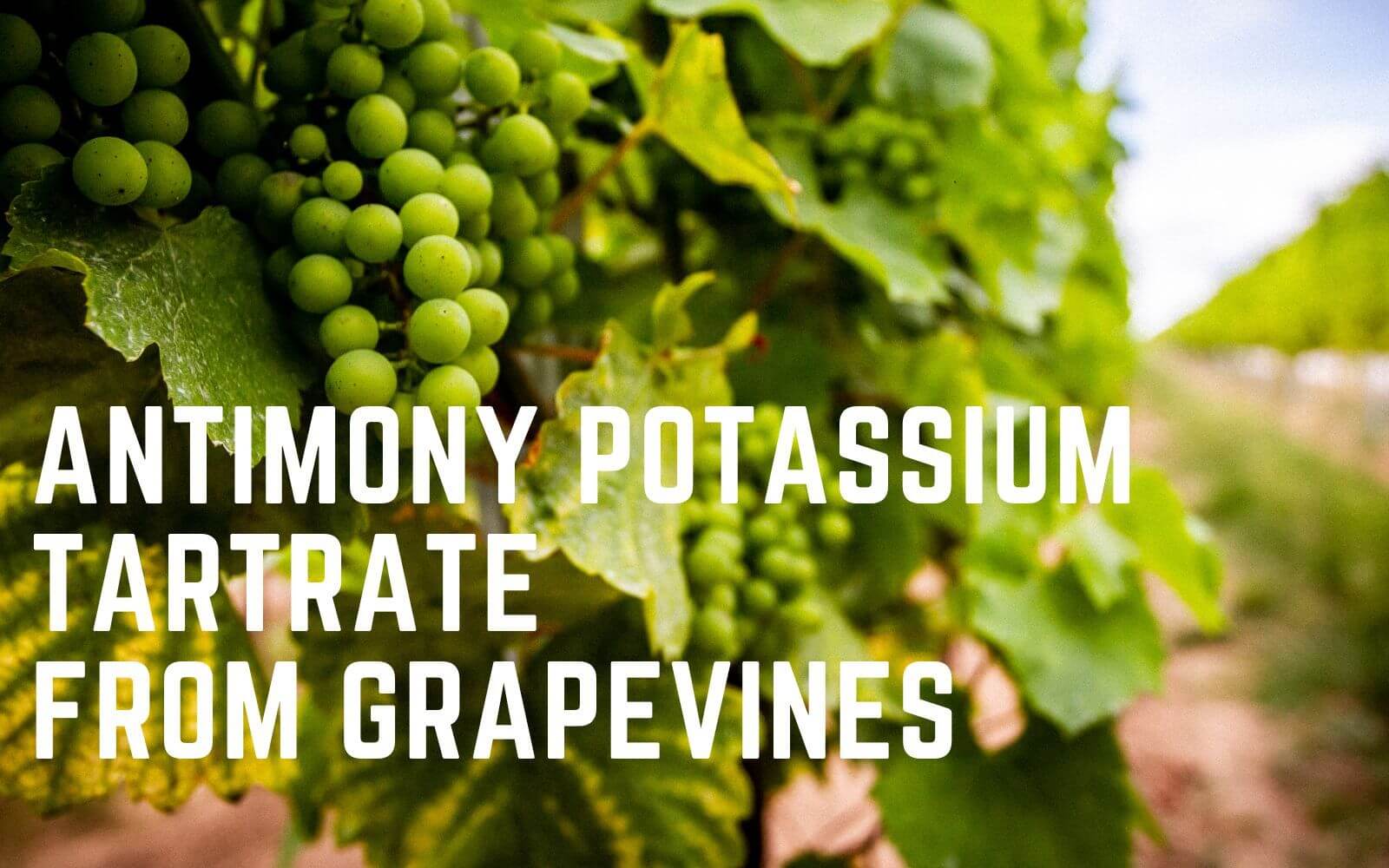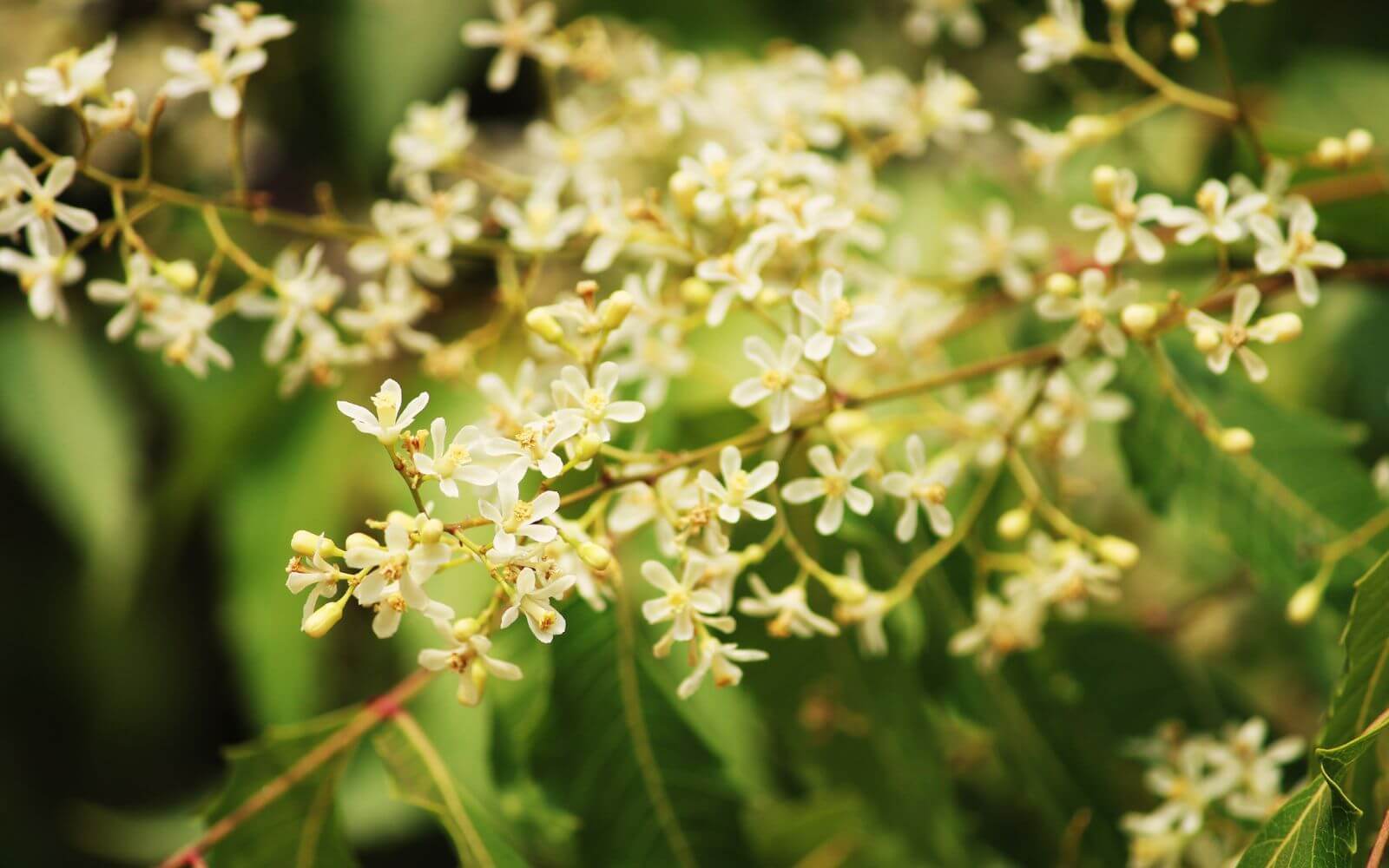
Pepper from the Amazonas
Originally from southwestern India — pepper has found its way to us in Europe as a spice and remedy. Pepper was already known as a preservative and spice for food in ancient times and was therefore very popular as a luxury item in early Europe. In some epochs, this seasoning was outweighed with gold, which indicated its astonishing triumph even then. The flavor originates mainly from the alkaloid piperine. The digestive properties have always been used against gastrointestinal pain.
Today pepper is grown from several growing areas around the world, which are similar to tropical conditions as in his native country India. Pepper grows in symbiosis with other plants, which allow it to grow as a climbing plant.
With good care of both plants living in harmony, a pepper plant can be harvested twice a year for up to thirty years.
The berries are harvested green by hand and then cleaned manually. All panicles and remaining leaves are separated from the berries and laid out on a flat surface to dry in order to achieve high durability.
After only two days in the covered drying tunnel, the fruits have reached their black color and the typical external appearance. After drying, the finished berries reach about half of their initial weight, which they have lost due to the evaporation of the water in the drying process.
By chance, we came across the pepper of the Pinto family from the Amazon region in Colombia. After the first taste test, we noticed a very special note in the pepper from this area and have been enthusiastic about the taste and feeling of this great spice from Colombia ever since.
The family of the grower is organized in a cooperative made up of several small farmers and, through the merger, has displaced illegal plantations by growing pepper, which has a positive effect on the entire region.
All farmers receive the local trade price for the goods you sell or can jointly determine the sales price to enable fair and respectful cooperation. The cooperative works according to the standards of good technical practice in agriculture (GfP), certified by the Colombian Ministry of Agriculture ICA, which monitors the following criteria:
- Management of the areas adapted to the location
• Animal husbandry balanced in relation to the cultivated area
• The protection of grassland in certain areas
• The conservation of soil, water, flora and fauna
• Records of the use of fertilizers and pesticides - Compliance with good professional practice (GfP) has already contributed to a reduced risk of soil fertility and healthy biodiversity in Colombia.
If you want further information on pepper or its growers, we are happy to provide you with technical information.





 4c media
4c media